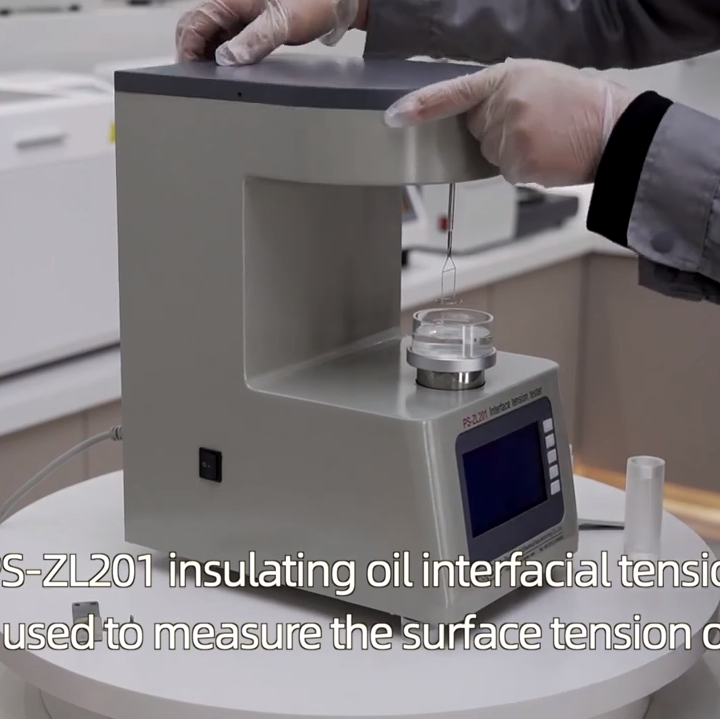 English
English



-
 Afrikaans
Afrikaans -
 Albanian
Albanian -
 Amharic
Amharic -
 Arabic
Arabic -
 Armenian
Armenian -
 Azerbaijani
Azerbaijani -
 Basque
Basque -
 Belarusian
Belarusian -
 Bengali
Bengali -
 Bosnian
Bosnian -
 Bulgarian
Bulgarian -
 Catalan
Catalan -
 Cebuano
Cebuano -
 China
China -
 China (Taiwan)
China (Taiwan) -
 Corsican
Corsican -
 Croatian
Croatian -
 Czech
Czech -
 Danish
Danish -
 Dutch
Dutch -
 English
English -
 Esperanto
Esperanto -
 Estonian
Estonian -
 Finnish
Finnish -
 French
French -
 Frisian
Frisian -
 Galician
Galician -
 Georgian
Georgian -
 German
German -
 Greek
Greek -
 Gujarati
Gujarati -
 Haitian Creole
Haitian Creole -
 hausa
hausa -
 hawaiian
hawaiian -
 Hebrew
Hebrew -
 Hindi
Hindi -
 Miao
Miao -
 Hungarian
Hungarian -
 Icelandic
Icelandic -
 igbo
igbo -
 Indonesian
Indonesian -
 irish
irish -
 Italian
Italian -
 Japanese
Japanese -
 Javanese
Javanese -
 Kannada
Kannada -
 kazakh
kazakh -
 Khmer
Khmer -
 Rwandese
Rwandese -
 Korean
Korean -
 Kurdish
Kurdish -
 Kyrgyz
Kyrgyz -
 Lao
Lao -
 Latin
Latin -
 Latvian
Latvian -
 Lithuanian
Lithuanian -
 Luxembourgish
Luxembourgish -
 Macedonian
Macedonian -
 Malgashi
Malgashi -
 Malay
Malay -
 Malayalam
Malayalam -
 Maltese
Maltese -
 Maori
Maori -
 Marathi
Marathi -
 Mongolian
Mongolian -
 Myanmar
Myanmar -
 Nepali
Nepali -
 Norwegian
Norwegian -
 Norwegian
Norwegian -
 Occitan
Occitan -
 Pashto
Pashto -
 Persian
Persian -
 Polish
Polish -
 Portuguese
Portuguese -
 Punjabi
Punjabi -
 Romanian
Romanian -
 Russian
Russian -
 Samoan
Samoan -
 Scottish Gaelic
Scottish Gaelic -
 Serbian
Serbian -
 Sesotho
Sesotho -
 Shona
Shona -
 Sindhi
Sindhi -
 Sinhala
Sinhala -
 Slovak
Slovak -
 Slovenian
Slovenian -
 Somali
Somali -
 Spanish
Spanish -
 Sundanese
Sundanese -
 Swahili
Swahili -
 Swedish
Swedish -
 Tagalog
Tagalog -
 Tajik
Tajik -
 Tamil
Tamil -
 Tatar
Tatar -
 Telugu
Telugu -
 Thai
Thai -
 Turkish
Turkish -
 Turkmen
Turkmen -
 Ukrainian
Ukrainian -
 Urdu
Urdu -
 Uighur
Uighur -
 Uzbek
Uzbek -
 Vietnamese
Vietnamese -
 Welsh
Welsh -
 Bantu
Bantu -
 Yiddish
Yiddish -
 Yoruba
Yoruba -
 Zulu
Zulu
Exploring the Principles and Applications of Karl Fischer Titration for Water Content Analysis
Understanding the Karl Fischer Titration Method A Comprehensive Overview
The Karl Fischer titration method is a widely used analytical technique for determining the water content in a variety of substances, including solids, liquids, and gases. Developed in 1935 by the German chemist Karl Fischer, this method has become essential in various industries, such as pharmaceuticals, food and beverage, and petrochemicals, where precise moisture content measurement is critical for quality control and product stability.
The underlying principle of Karl Fischer titration relies on a precise chemical reaction between water and iodine in the presence of sulfur dioxide and a base, typically imidazole or pyridine. This method allows for the direct quantification of water content, making it significantly more effective than traditional gravimetric or volumetric techniques that may involve indirect measurements.
Understanding the Karl Fischer Titration Method A Comprehensive Overview
\[ \text{H}_2\text{O} + \text{I}_2 + \text{SO}_2 + \text{Base} \rightarrow \text{O}\text{(Base)} + \text{HI} \]
karl fischer titration method

In the second step, the end-point of the titration is detected using various methods, including visual indicators or potentiometric measurements. The end-point indicates the complete reaction of iodine with water, allowing analysts to calculate the moisture content based on the volume of titrant used. The accuracy and precision of the Karl Fischer method are highly regarded, with the ability to measure water concentrations as low as parts per million (ppm).
One of the key advantages of Karl Fischer titration is its versatility. The method can be adapted to suit different types of samples, whether they are hygroscopic solids, oils, or aqueous solutions. Additionally, automated Karl Fischer systems can significantly enhance throughput and reduce the likelihood of human error, further improving reliability in results.
However, some challenges remain. The presence of certain organic compounds, such as alcohols or amines, can interfere with the titration, potentially leading to inaccurate results. Hence, proper sample preparation and method validation are crucial for ensuring the integrity of the analysis.
In conclusion, the Karl Fischer titration method is an indispensable tool in quantitative analysis, particularly for moisture determination. Its ability to deliver precise and accurate measurements has established it as a gold standard in various industrial applications. As technology advances and new methodologies emerge, the Karl Fischer method will likely continue to evolve, maintaining its relevance in analytical chemistry.
-
Using Distillation Range Testers in the Food and Beverage IndustryNewsApr.16,2025
-
The Impact of IoT on Distillation Range Tester PerformanceNewsApr.16,2025
-
The Best Distillation Range Testers for Extreme ConditionsNewsApr.16,2025
-
How Distillation Range Testers Save Time and MoneyNewsApr.16,2025
-
Distillation Devices for Advanced Separation TechniquesNewsApr.16,2025
-
Common Mistakes to Avoid When Using a Distillation Range TesterNewsApr.16,2025



